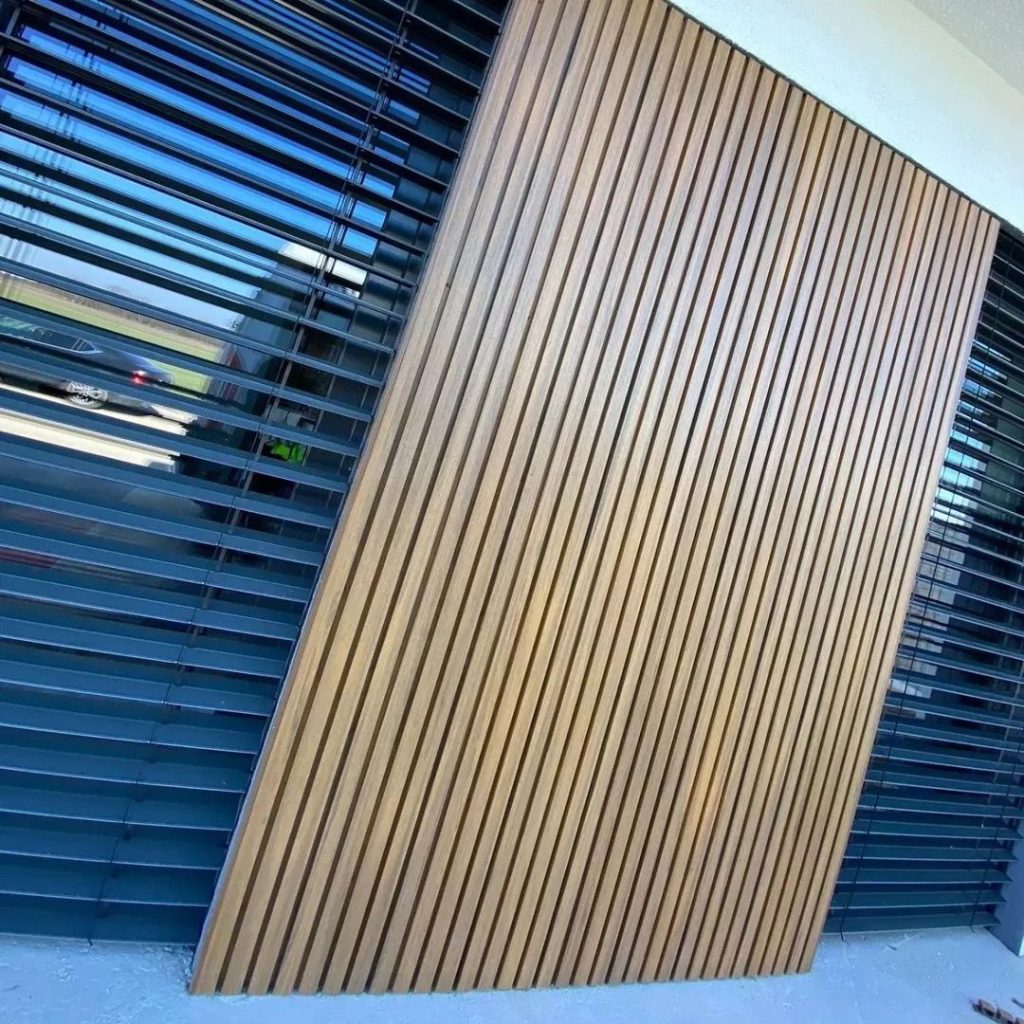Living with noisy neighbors can be challenging, especially if the sounds disrupt your daily life or sleep. Fortunately, using acoustic panels is an effective solution to reduce noise and restore peace to your home. This blog will explain how acoustic panels work, how to use them for soundproofing, and what to consider when choosing the right panels for your needs.
What Are Acoustic Panels?
Acoustic panels are specially designed boards made to absorb sound. They reduce noise levels by dampening echoes and vibrations. Commonly used in homes, offices, and studios, these panels are made from materials like foam, fabric, or wood.
Key Benefits of Acoustic Panels:
- Noise Reduction: Absorb unwanted sounds and reduce echo.
- Easy Installation: Can be placed on walls, ceilings, or floors.
- Stylish Designs: Available in various colors and patterns to match any decor.
Fun Fact: Acoustic panels can reduce noise levels by up to 50%, depending on the material and placement.
How Do Acoustic Panels Work?
Acoustic panels work by absorbing sound waves and reducing their ability to bounce around a room. This reduces echoes and lowers overall noise.
Here’s how they function:
- Absorbing Sound: The materials in the panels trap sound waves, converting them into heat energy.
- Preventing Echo: By minimizing reflections, acoustic panels make your space quieter and more comfortable.
Pro Tip: For the best results, place panels on walls facing the source of noise, such as shared walls with neighbors.
Why Choose Acoustic Panels for Noisy Neighbors?
Dealing with noisy neighbors is a common problem in apartments and houses with thin walls. Using acoustic panels is one of the easiest and most affordable ways to fix this.
Reasons to Use Acoustic Panels:
- Affordable: Acoustic panels are budget-friendly compared to structural soundproofing solutions.
- Non-Invasive: You don’t need to make major renovations or change the structure of your walls.
- Customizable: You can choose panels that blend seamlessly with your decor.
| Comparison Table | Acoustic Panels | Wall Renovations |
|---|---|---|
| Cost | Low | High |
| Installation | Easy | Complex |
| Effectiveness | High | Very High |
How to Use Acoustic Panels in Your Home
Follow these simple steps to install and optimize acoustic panels for noisy neighbors:
Step 1: Identify the Noise Source
- Find the wall, ceiling, or floor where the noise is loudest.
- Focus on areas near the noise, such as a shared wall.
Step 2: Measure Your Space
- Use a measuring tape to determine the size of the area you want to cover.
- This helps you calculate how many panels you’ll need.
Step 3: Choose the Right Panels
- For loud noises, opt for thicker panels made of dense material.
- Fabric-covered wood panels are excellent for both noise reduction and aesthetics.
Step 4: Install the Panels
- Attach panels to walls using adhesive strips or mounting brackets.
- Space them evenly for maximum coverage.
Best Places to Install Acoustic Panels
For the most effective noise reduction, place your acoustic panels in these locations:
- Shared Walls: Block noise from neighbors in adjoining apartments or houses.
- Ceilings: Reduce upstairs noise, like footsteps or dragging furniture.
- Corners: Minimize echo and sound reflection.
DIY Tip: Create a “panel wall” by covering an entire surface with acoustic panels for maximum soundproofing.
Types of Acoustic Panels for Home Use
There are several types of acoustic panels to choose from, each designed for specific purposes.
1. Foam Panels
- Lightweight and budget-friendly.
- Best for mild noise issues.
2. Wood Panels
- Durable and stylish, great for long-term use.
- Ideal for homes with modern or rustic decor.
3. Fabric Panels
- Soft and available in various colors.
- Great for blending into your room’s style.
4. Hybrid Panels
- Combine materials like wood and foam for extra soundproofing power.
Top Tips for Choosing Acoustic Panels
When shopping for acoustic panels, keep these factors in mind:
- Thickness: Thicker panels absorb more noise.
- Material: Choose materials suited to your noise level (e.g., wood for heavy noise, foam for light noise).
- Aesthetics: Match panels to your home decor for a seamless look.
Common Myths About Acoustic Panels
Let’s debunk a few misconceptions:
- Myth 1: Acoustic panels block all noise.
- Fact: They reduce noise but may not eliminate it completely.
- Myth 2: They’re expensive.
- Fact: Many affordable options are available for DIY use.
- Myth 3: Only professionals can install them.
- Fact: Most panels are simple to install without professional help.
FAQ: Using Acoustic Panels for Noisy Neighbors
1. Do acoustic panels work for loud music?
Yes! Panels made of dense materials like wood and fabric are effective at reducing music noise.
2. Can I use acoustic panels in rented apartments?
Absolutely! Most panels are easy to remove and won’t damage walls.
3. How many panels do I need?
It depends on the size of your room. Start with 4-6 panels for small spaces and add more as needed.
4. Are acoustic panels safe for kids’ rooms?
Yes, they’re made from non-toxic materials and are safe for all areas of your home.
5. How long do acoustic panels last?
High-quality panels can last for years with minimal maintenance.
Conclusion
Noisy neighbors don’t have to ruin your peace of mind. By using acoustic panels, you can reduce unwanted noise, improve your living space, and enjoy a quieter home. With affordable options, easy installation, and customizable designs, acoustic panels are the perfect solution for any homeowner dealing with noise problems. Start your soundproofing journey today and experience the difference!








